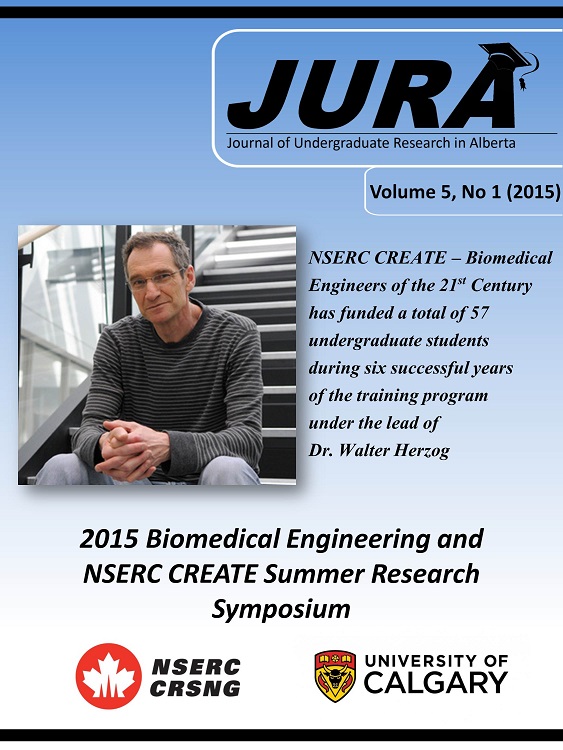EFFECT OF PEG COATING ON NANOPARTICLE DIFFUSION THROUGH TUMOUR EXTRACELLULAR MATRIX
Keywords:
Liposomes, Nanoparticle Diffusion, PEG Coated NanoparticlesAbstract
INTRODUCTION
Nanoparticle drug delivery systems have the potential to improve current cancer treatments through encapsulating cytotoxic agents and delivering them to specific sites in the body. One such class of particle, liposomes, has already found some commercial success [1]. Liposomes are vesicles composed of a lipid bi-layer surrounding an aqueous solution.
Poly(ethylene) glycol (PEG) surface coating is commonly used to improve the hydrophilicity of liposomes, thereby increasing their stability in aqueous solutions. Furthermore, PEG limits the binding of blood antigens, which minimizes opsonisation and phagocytosis, extending circulation time in the blood stream. When applied to the surface of liposomes at lower molecular weights and surface densities, PEG adopts a “mushroom” conformation, in which adjacent chains of PEG do not interact laterally, therefore portions of the bi-layer remain exposed [2]. However, at higher molecular weights and surface densities, the “brush” conformation is adopted; where lateral interactions occur between neighbouring PEG strands and provide complete coverage of the lipid bi-layer [2]. This study will investigate the effect of varying PEG molecular weight and surface density on liposome transport through tumour extracellular matrix.
METHODS
Seven different formulations of liposomes were synthesized using a modification of the lipid extrusion method described in [1]. Molecular weight and surface density values were chosen to include both PEG conformations.
The Type I collagen hydrogel was prepared with a collagen concentration of 2.5mg/mL. Confocal Microscopy was used to track the liposome transport into the gels via the bilayer incorporated Rhodamine dye. While simple collagen hydrogels may not capture all of the complexity of native tumour ECM, they allow for more carefully controlled conditions than in vivo models. Images were taken every 30 minutes until the 900 minute mark.
RESULTS
As shown in Figure 1, the liposomes with a lower PEG loading (DOPC, 5, 10% PEG 1000, 5, 10% PEG 2000), all accumulated at the interface of the hydrogel, and had identical diffusion coefficients. The 5% and 10% PEG 5000 however, accumulated significantly less and therefore had a much greater diffusion coefficient.
DISCUSSION AND CONCLUSIONS
The liposomes with low PEG surface density, and DOPC control liposomes shown in Figure 1, are all within the “mushroom” conformation of PEG [2] and therefore would all have exposed bilayer which is not shielded by the PEG strands. The formulations that penetrated deeply were notably only higher PEG surface densities (5 and 10% PEG 5000) which literature suggests would have been in the “brush” conformation [2]. This suggests that the high PEG surface densities sterically shielded the liposomes, and reduced the electrostatic interactions between the hydrogels and the liposomes, allowing increased diffusion.
Downloads
References
2. Kenworthy et al. J Biophys. 68:1921-1936, 1995.
Downloads
Published
Issue
Section
License
Authors retain all rights to their research work. Articles may be submitted to and accepted in other journals subsequent to publishing in JURA. Our only condition is that articles cannot be used in another undergraduate journal. Authors must be aware, however, that professional journals may refuse articles submitted or accepted elsewhere—JURA included.


